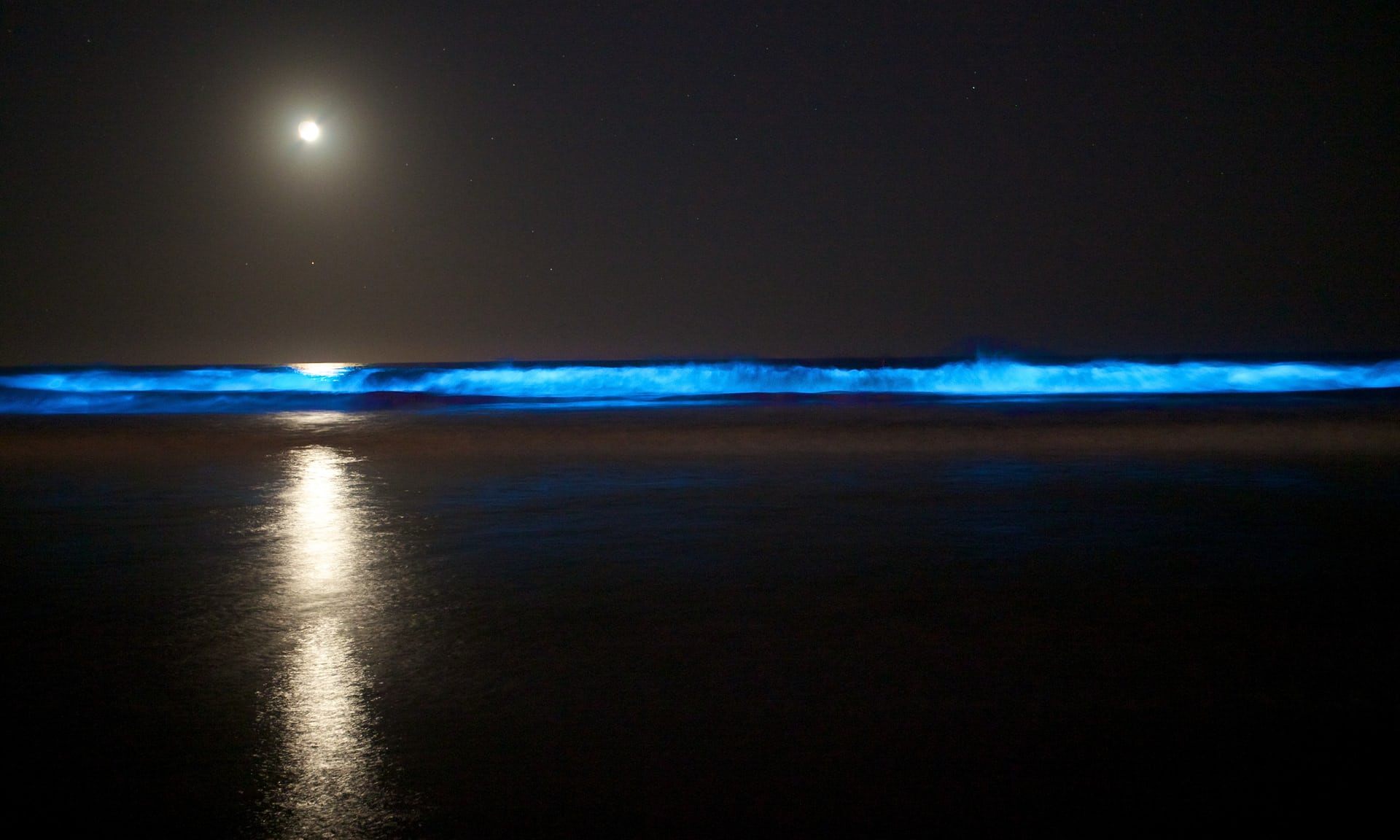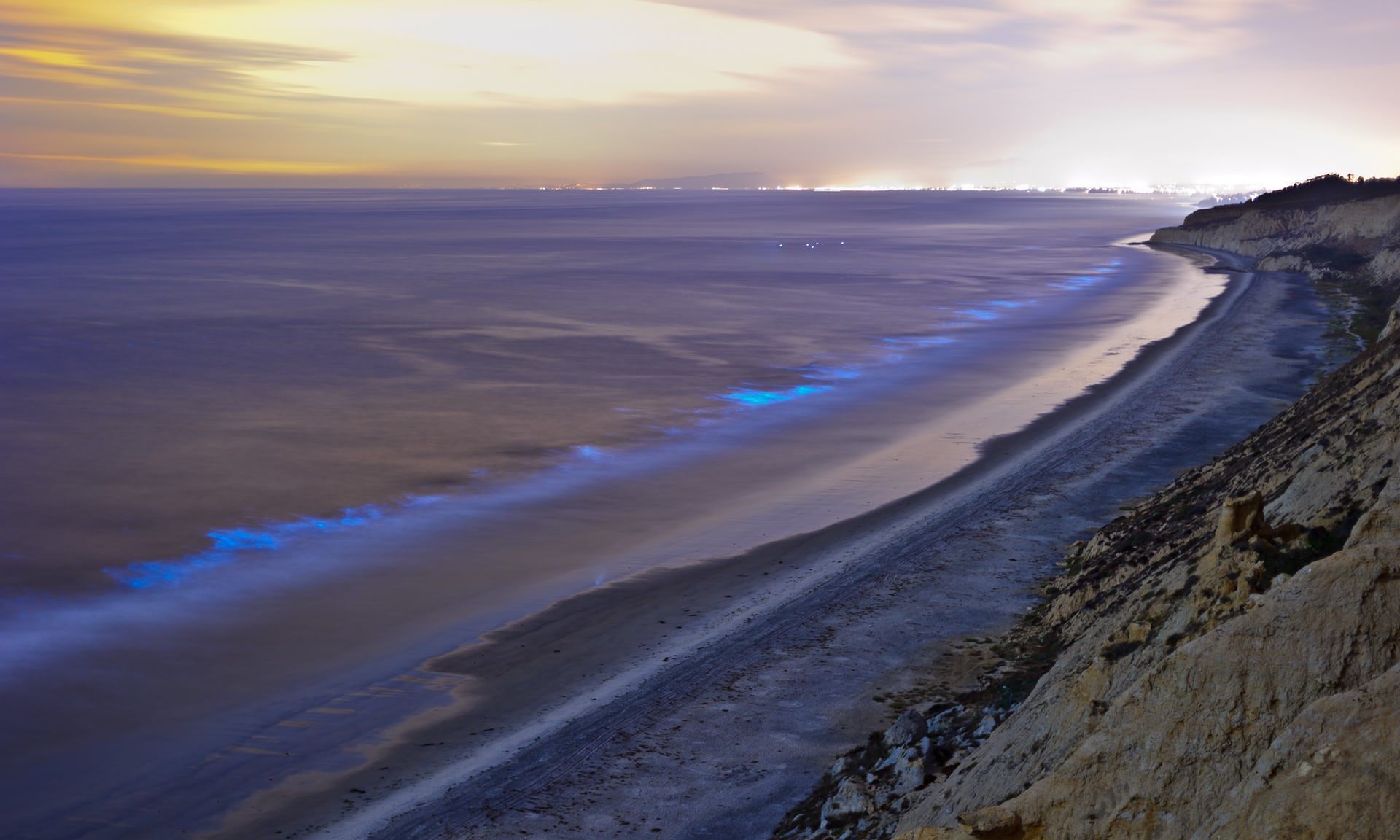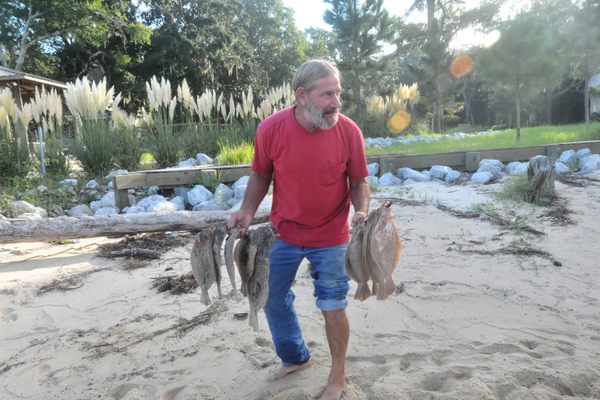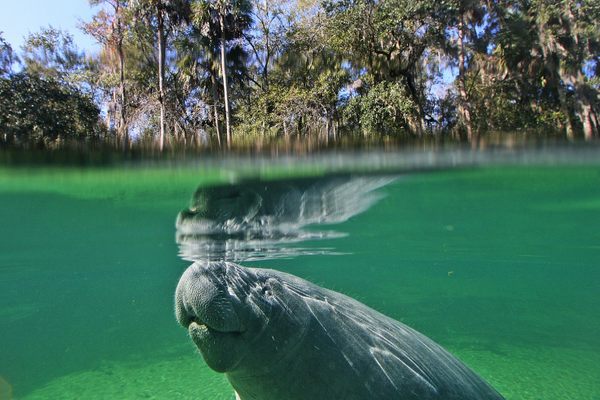A 15-Mile Stretch of California’s Coast Is Currently Glowing Neon Blue
It’s due to an unusual algal bloom known as a red tide.

This story was originally published by The Guardian and appears here as part of the Climate Desk collaboration.
A dense bloom of bioluminescent algae off the coast of Southern California has lit up the Pacific Ocean with an eerie and fantastical neon blue glow, sending photographers and spectators to the beach at night in hopes of witnessing the natural phenomenon.
The algal bloom, also known as a red tide, was observed this week lighting up the waves along a 15-mile stretch of coastline.

“Bioluminescence happens all the time, just not at that level,” said James M. Sullivan, a bioluminescence researcher at the Harbor Branch Oceanographic Institute. “This is an incredible one.”
It is not known how long the current display will last. In September 2013, the last time San Diego saw a red tide, the conditions lasted for a week. Other red tides have been known to last for a month or even longer.

According to Michael Latz of the Scripps Institution of Oceanography at UC San Diego, the current red tide is made up of dinoflagellates, including one—Lingulodinium polyedra—that is well known for bioluminescent displays. The sheer concentration of tiny organisms makes the water appear reddish during the daytime. But the real show occurs at night, when any physical disturbance, like the motion of a wave, causes the organisms to emit light.
Dinoflagellates are basically tiny plants that can swim, Sullivan explained. Like any plant, they require certain conditions (nutrients, light, heat) to thrive, and when the conditions are right, their population can explode, creating a massive bloom.
Sullivan compared the process by which the organisms create light to glow sticks, which contain two chemicals that create a fluorescent glow when mixed. Similarly, dinoflagellates contain an enzyme and a protein that, when disturbed, combine and release a quick flash of light. Each wave or passing fish, he said, is “just like breaking a light stick.”

Scientists do not know for sure why dinoflagellates evolved this ability to create light. One theory is that the light flash could startle the organisms’ main predator: microscopic crustaceans known as zooplankton. Another theory, which Sullivan called the “burglar alarm hypothesis” is that the light attracts fish who in turn prey on the zooplankton, protecting the algae from being eaten themselves.
Another thing dinoflagellates do is produce toxins, which is why red tides are often taken as a sign not to go in the water. But according to Latz, the species involved in the current red tide do not produce dangerous compounds.
Dangerous red tides can produce enough toxin to poison fish and other marine life. One such compound is saxitoxin, a neurotoxin that tends to affect humans when they consume contaminated shellfish. Another byproduct of harmful algae blooms is domoic acid, high concentrations of which have emerged as a serious threat to California sea lions and other marine mammals.

























Follow us on Twitter to get the latest on the world's hidden wonders.
Like us on Facebook to get the latest on the world's hidden wonders.
Follow us on Twitter Like us on Facebook